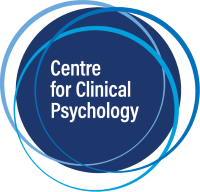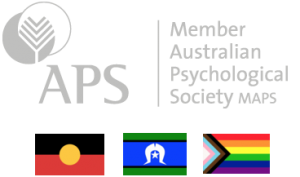According to Woody Allen, 80 percent of success is showing up. This might also be the case for therapists wanting to improve the outcomes for clients with PTSD. Kera Swanson and colleagues (2021) investigated the influence of specific activities performed during Cognitive Processing Therapy (CPT) consultation or supervision meetings.
CPT consultation meetings consist of small groups of therapists meeting with a CPT specialist to increase competence through focussed discussion about using CPT. Swanson and colleagues (2021) examined consultation activities that fall under three broad categories.
1 Discussion of the application of CPT to individual cases
2 Review/feedback on fidelity to the protocol
3 Technical difficulties (such as internet drop out)
They found that higher consultation attendance predicted a greater decrease in their clients’ PTSD symptoms.
Category one, discussion of the application of CPT to individual cases
Swanson’s team reported that discussing the application of specific CPT strategies was related to improvements in PTSD. In contrast, the other two categories, reviewing and providing feedback on fidelity and experiencing technical difficulties were not associated with client symptom change.
Category two, review/feedback on fidelity to the protocol
Swanson and colleagues (2021) suggested that the focus of consultation on conceptualizing and understanding how to apply CPT strategies to each individual case may be more important rather than providing feedback on short segments of audio. In CPT consultation this focus is about the beliefs and cognitions that are maintaining the PTSD symptoms for each individual.
Category three, technical difficulties
Common sense would suggest that distracting factors such as technical difficulties would be associated with less improvement in fidelity and client symptom change. However, Swanson’s team found that experiencing technical difficulties was NOT associated with observer-rated CPT adherence or competence, nor client symptom change.
What is going on with this improvement for clients?
Swanson and colleagues suggested that there may be a range of factors involved in the association between attendance at consultation and client improvement. These include:
- The therapist having an increased experience and confidence in the treatment or their ability to provide it.
- There may be something about the consultation process that improved therapeutic alliance.
- It may have reduced therapist burnout.
- It may impact more complex interactions between factors such as self-efficacy and fidelity, or clinician and client skill
Summary
Conceptualizing and understanding how to apply CPT strategies to assist clients appears to be more effective than listening to audio recordings. Higher consultation attendance predicted a greater decrease in clients’ PTSD symptoms!
References
Mallard Swanson, K., Song, J., Beristianos, M., Aajmain, S., Lane, J. E. M., Landy, M. S. H., Suvak, M. K., Shields, N., Monson, C. M., & Stirman, S. W. (2021). A Glimpse into the “Black Box”: Which Elements of Consultation in an EBP are Associated with Client Symptom Change and Therapist Fidelity? Implementation Research and Practice. https://doi.org/10.1177/26334895211051791



